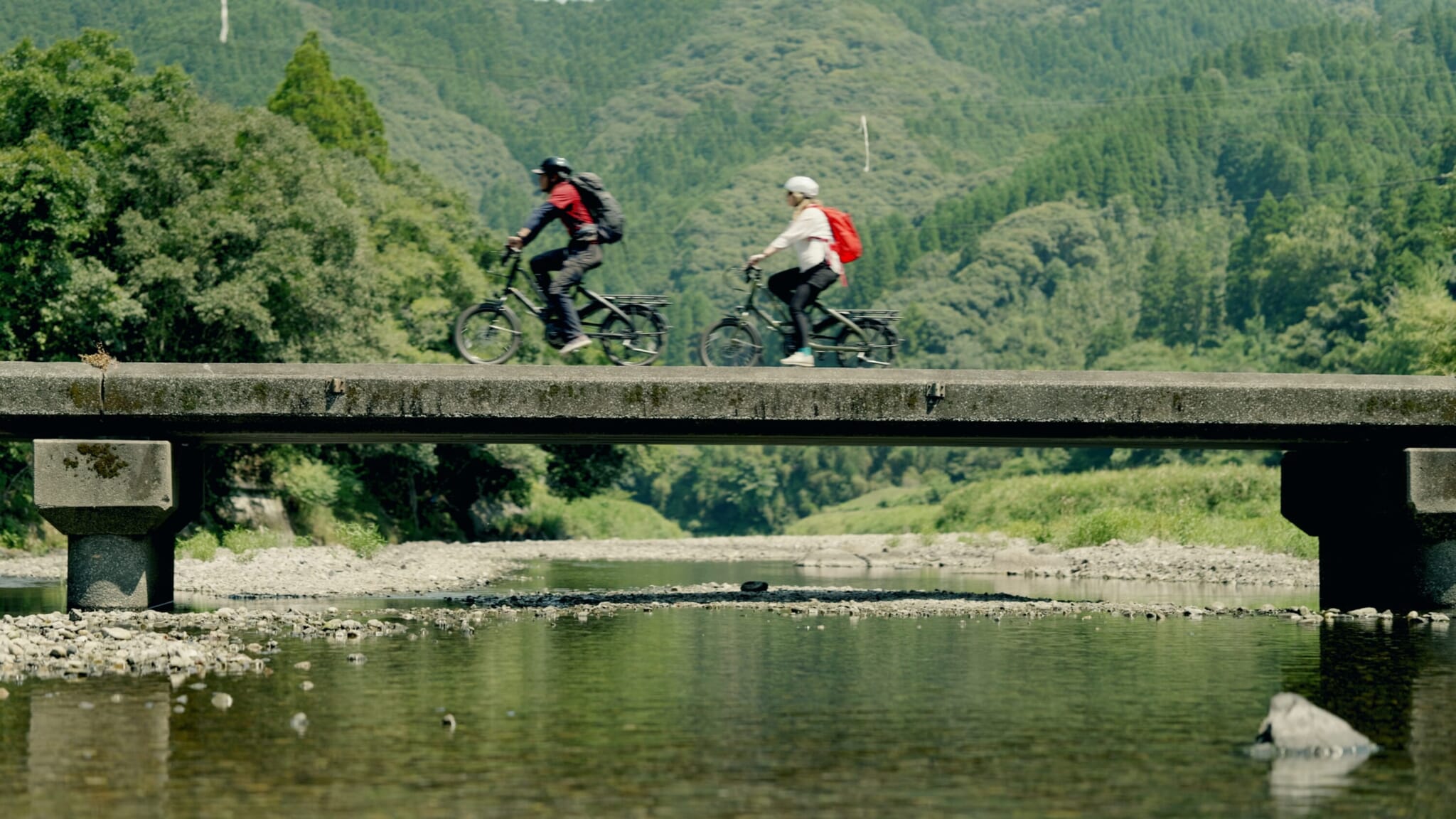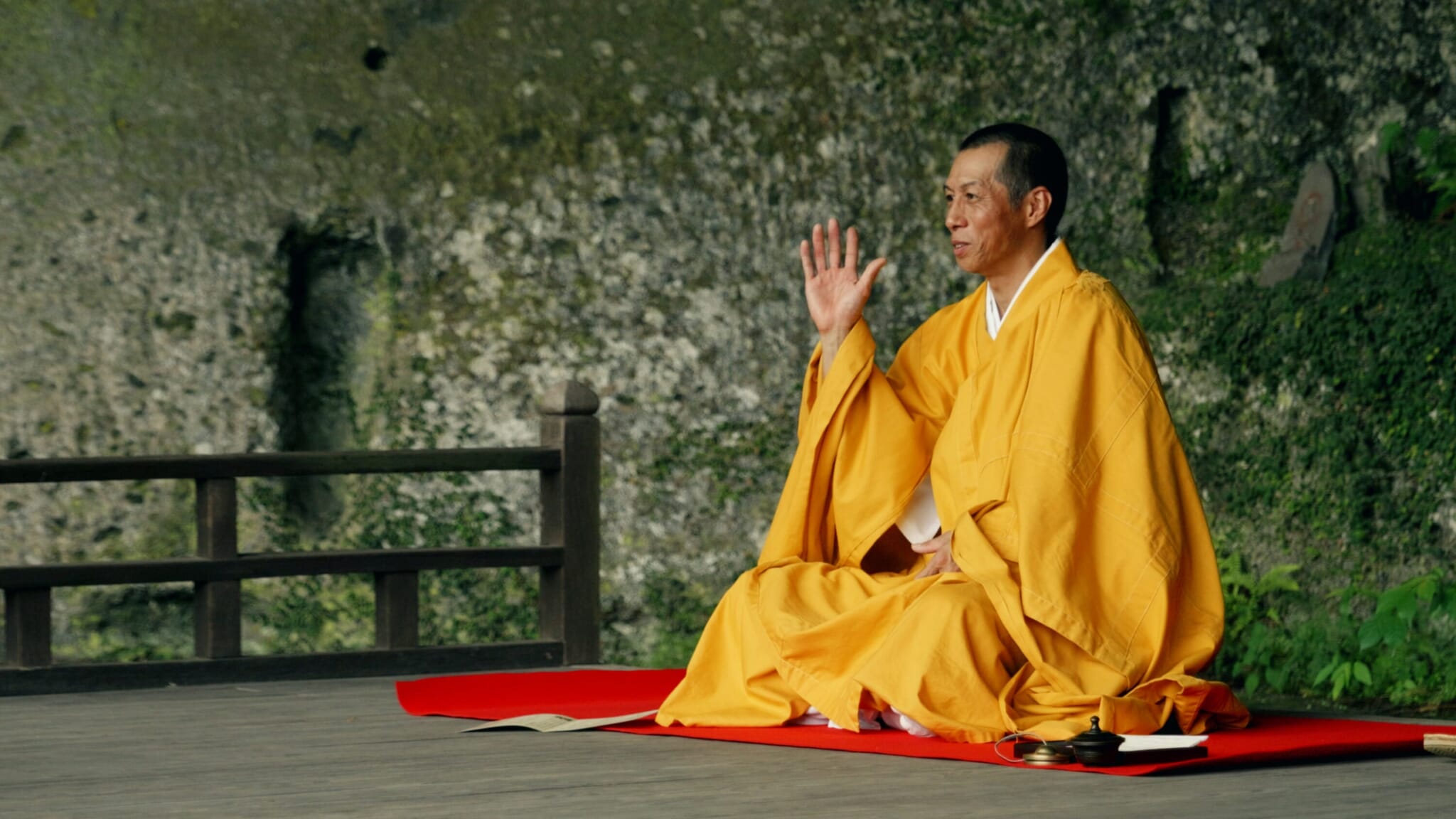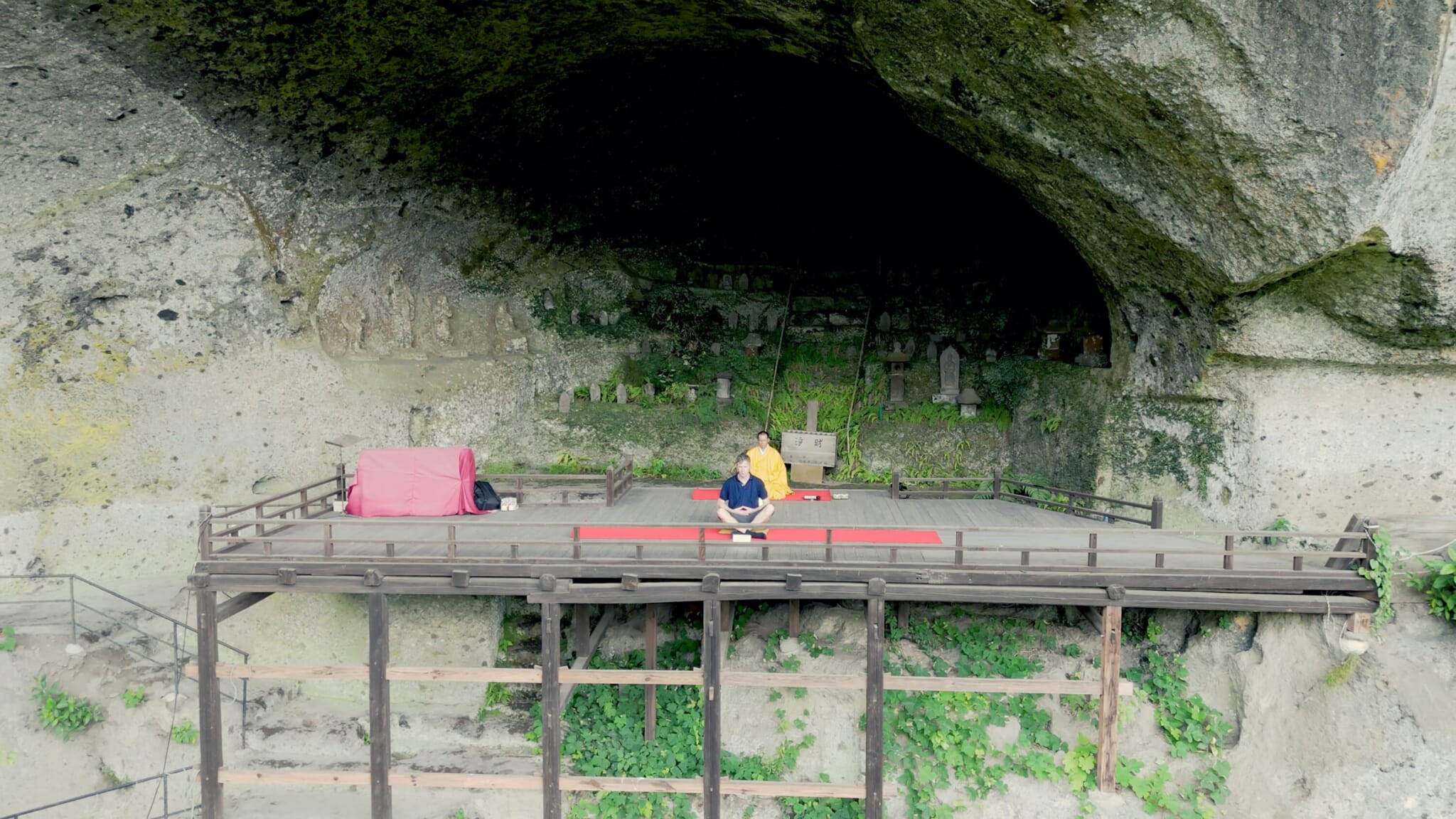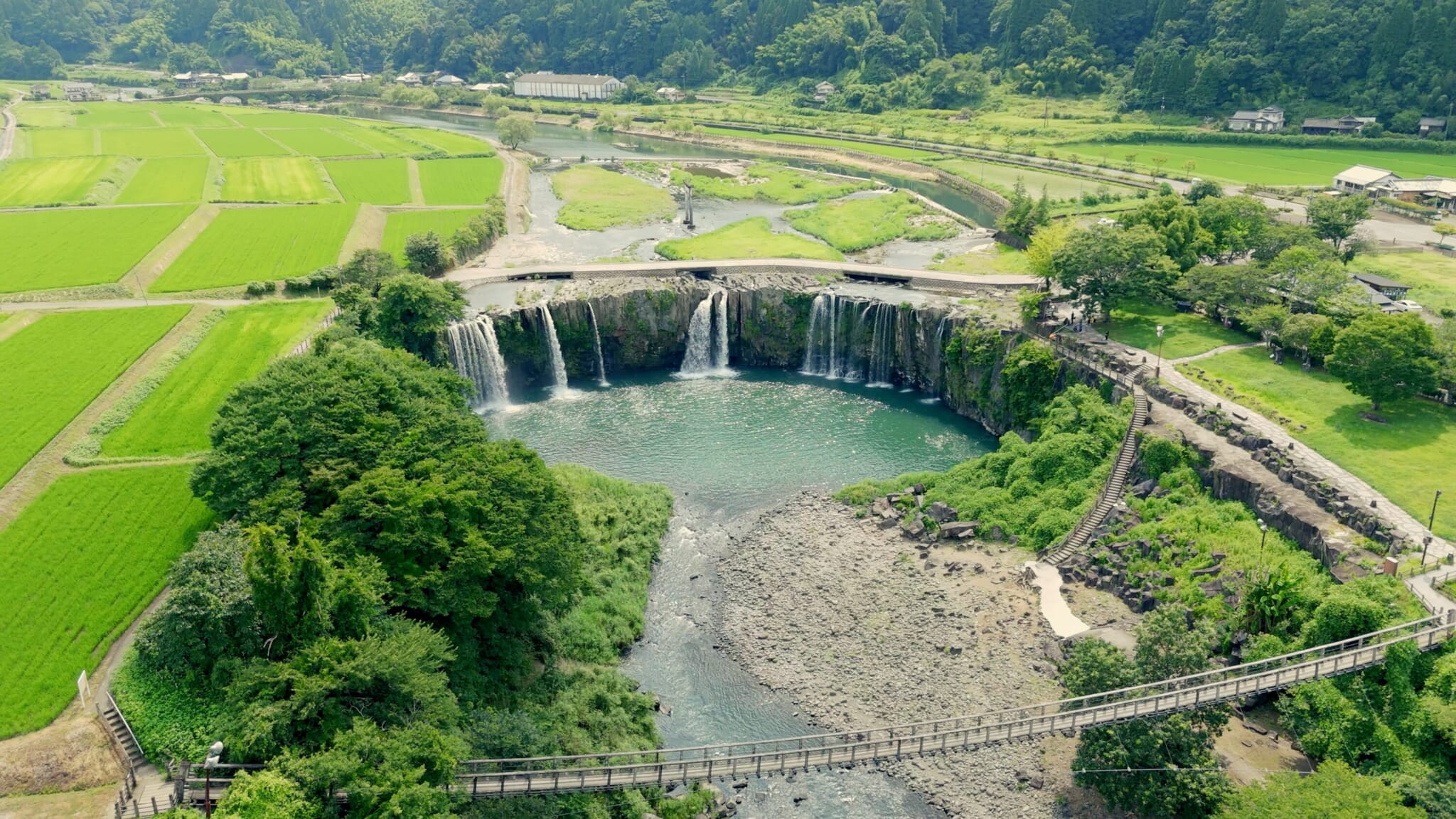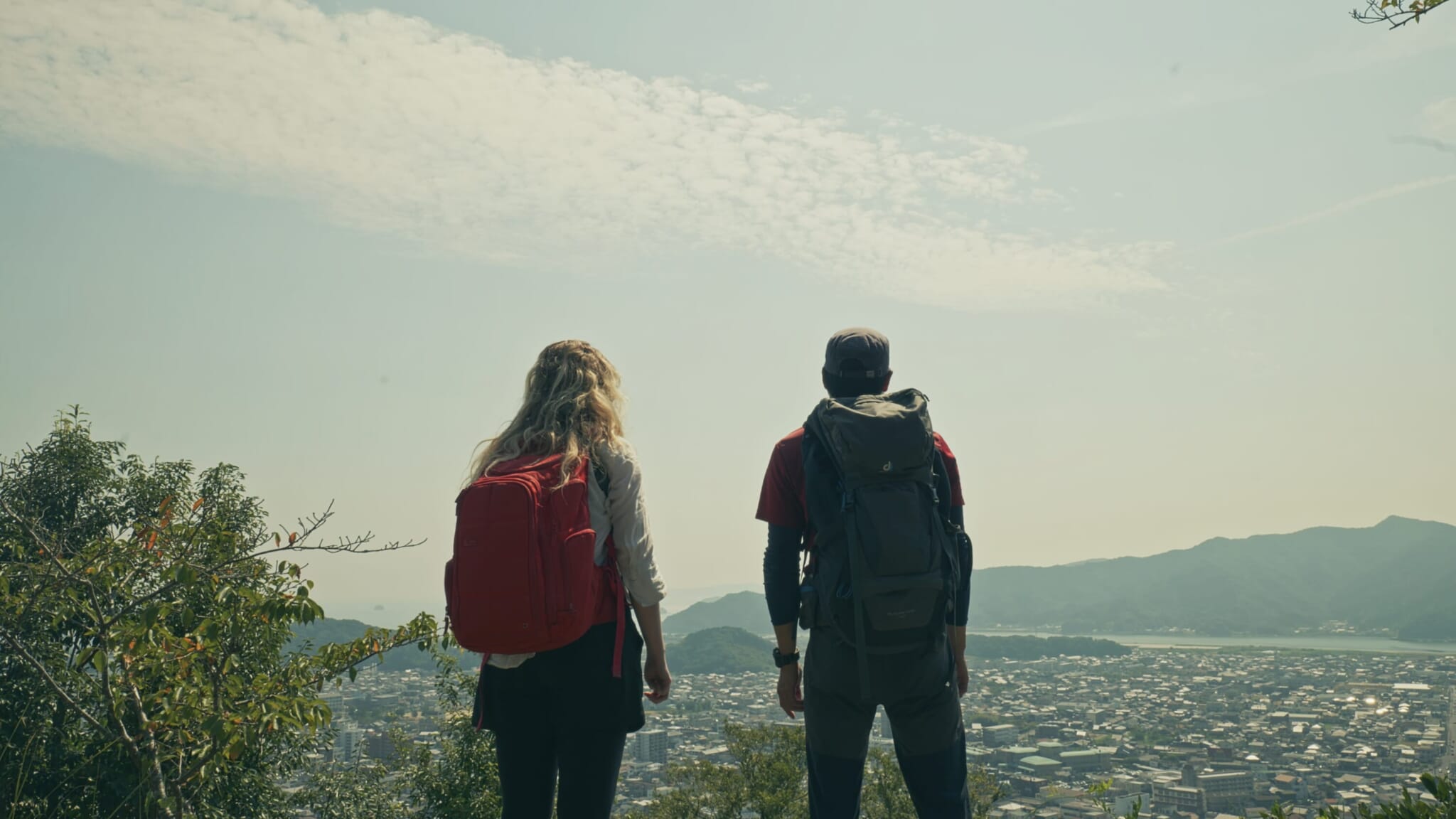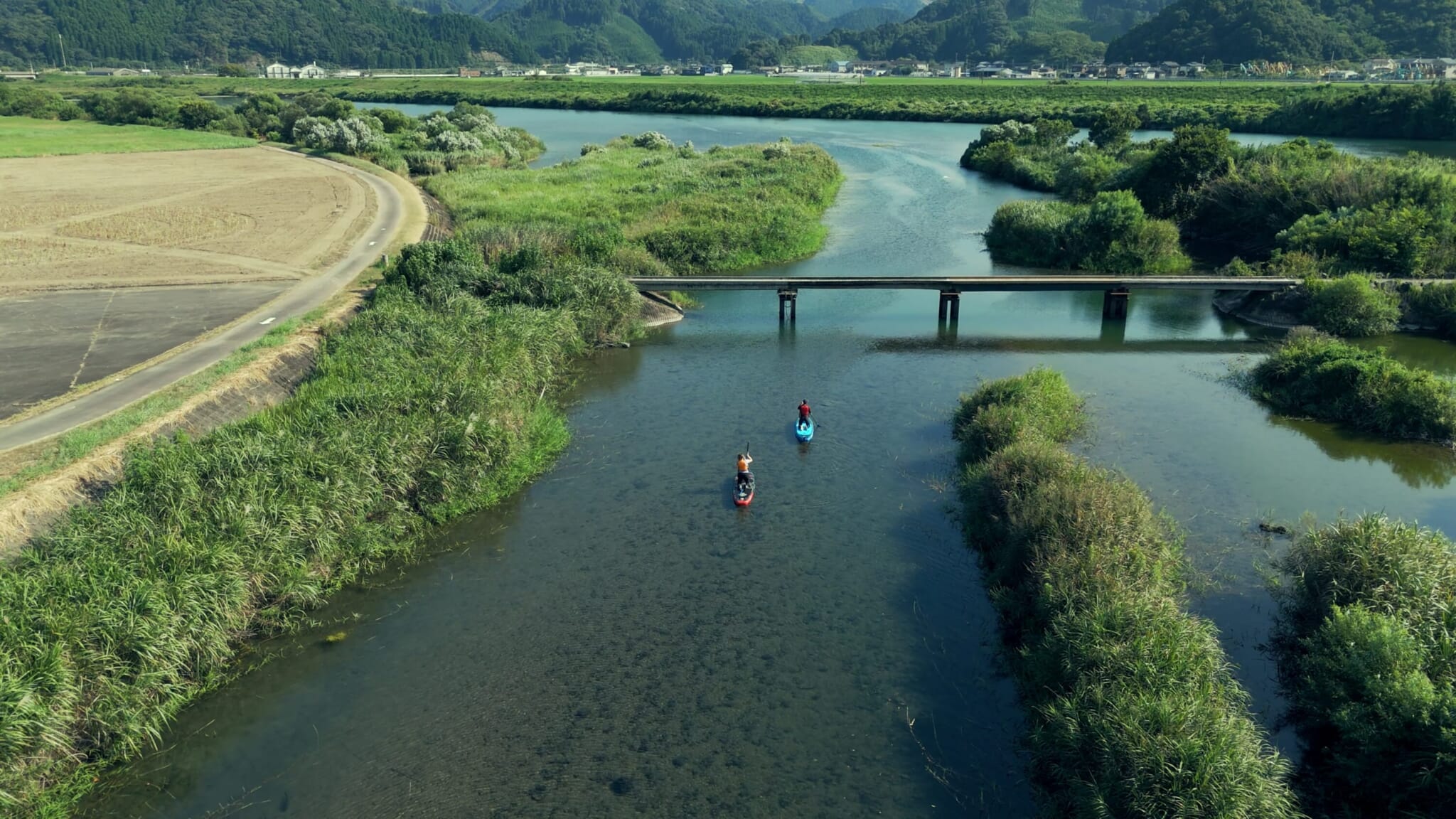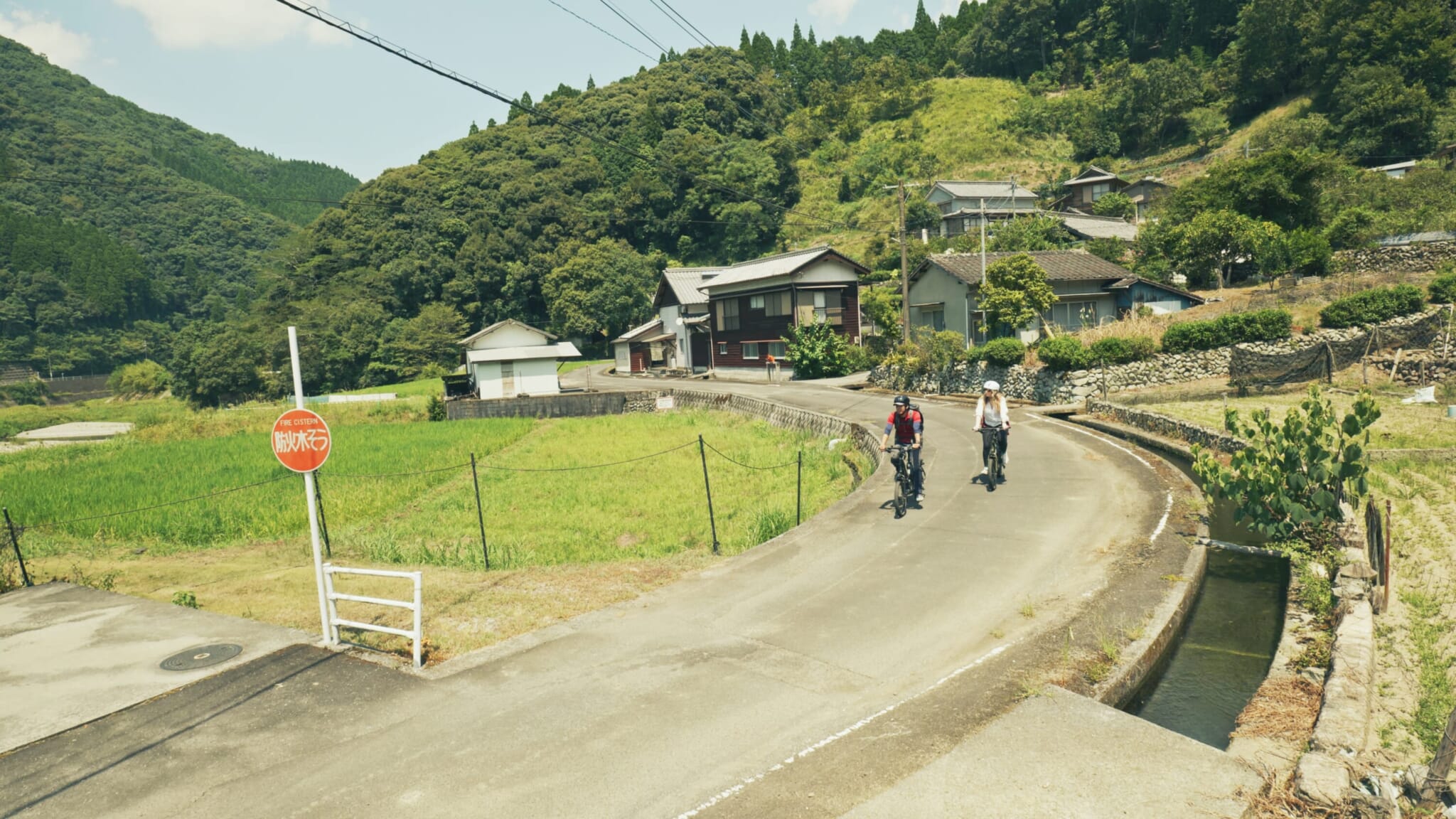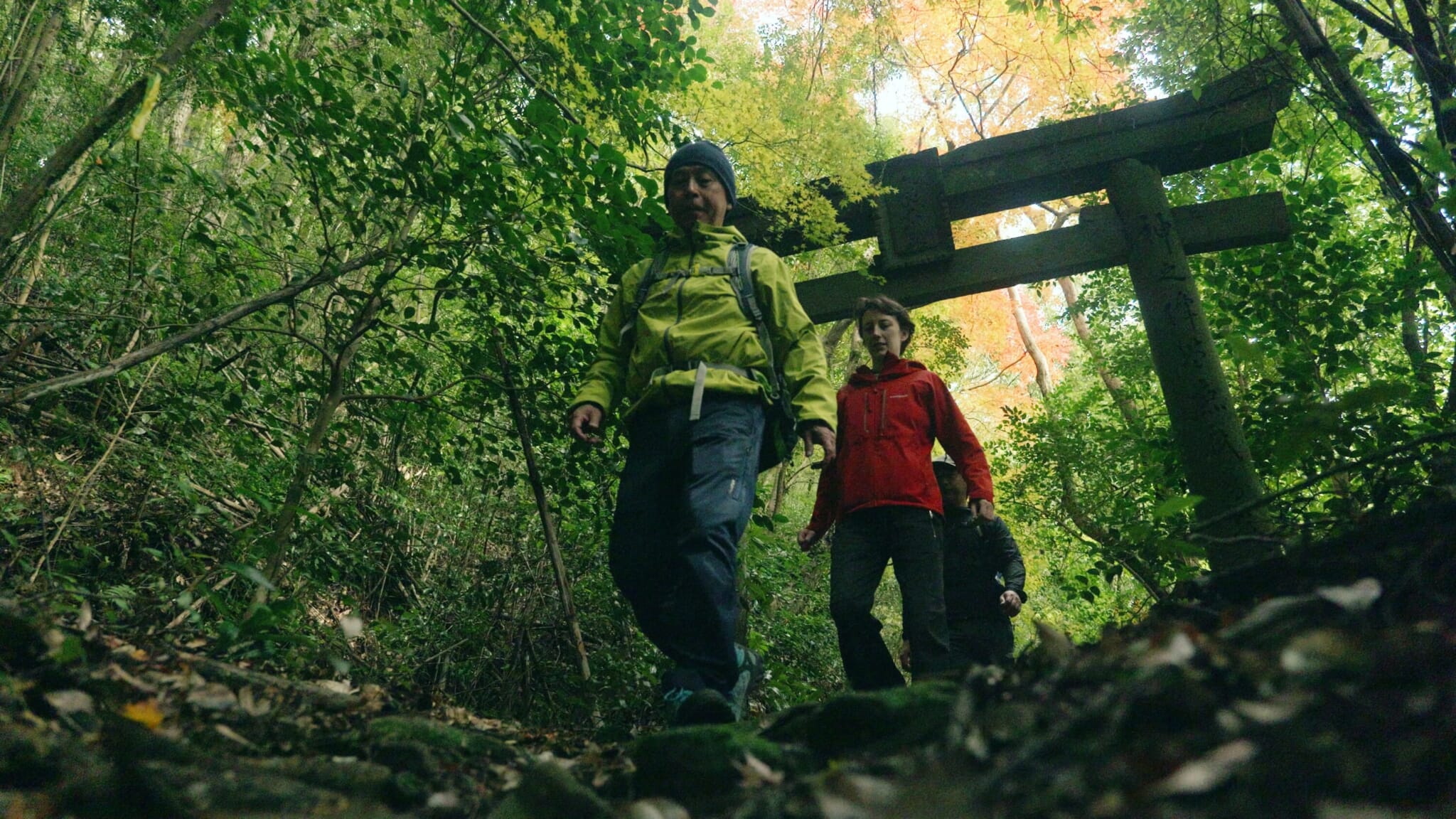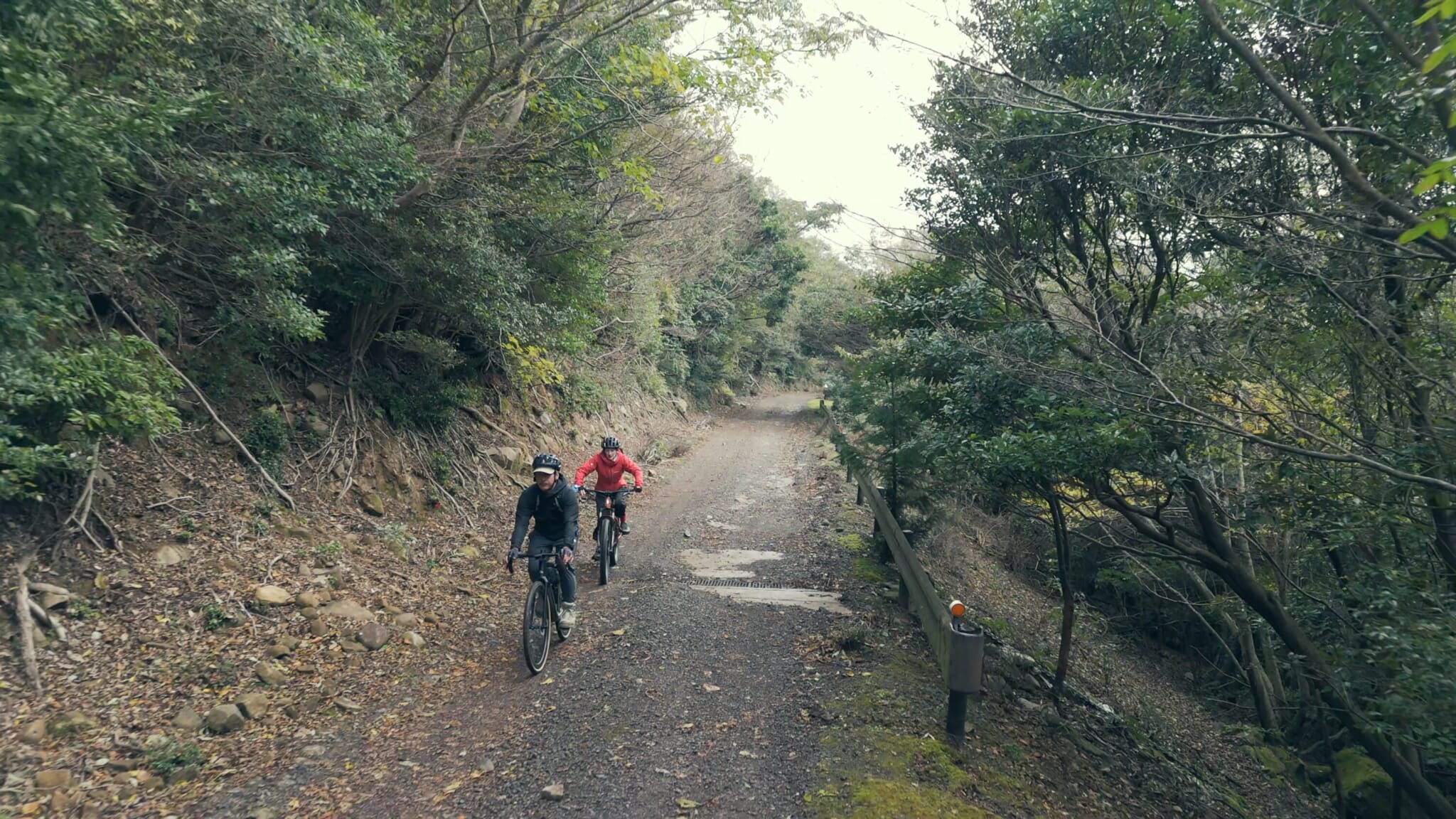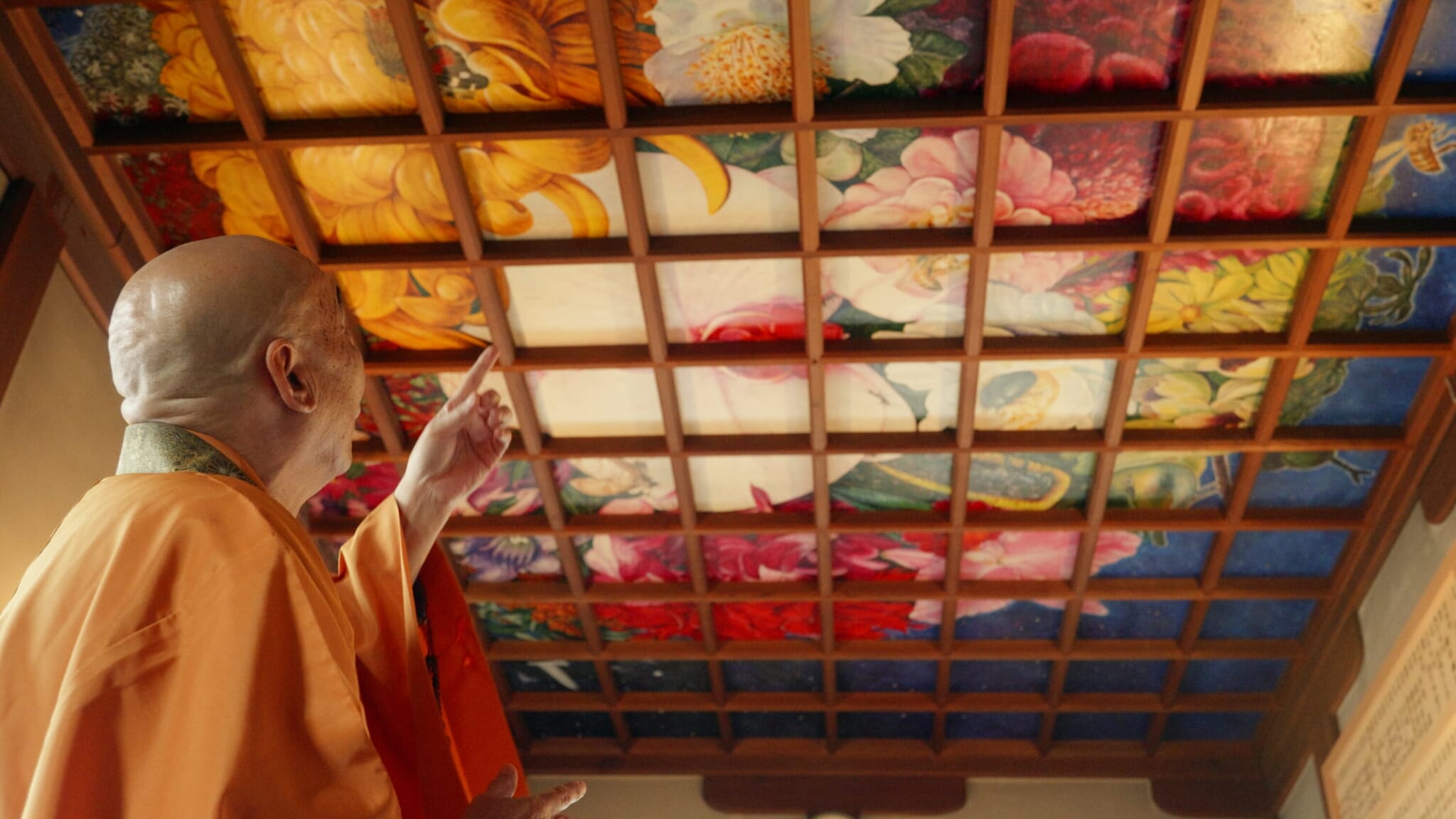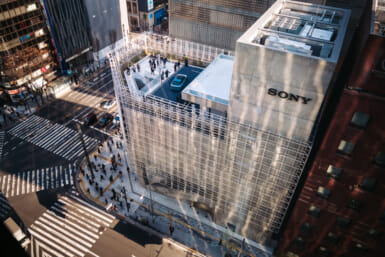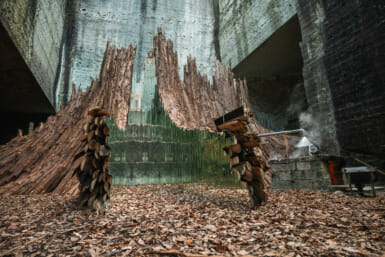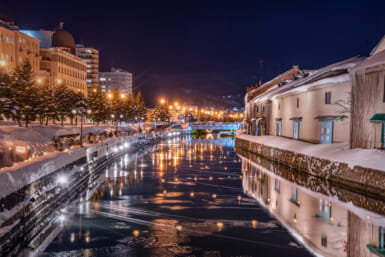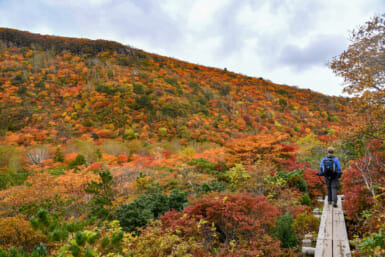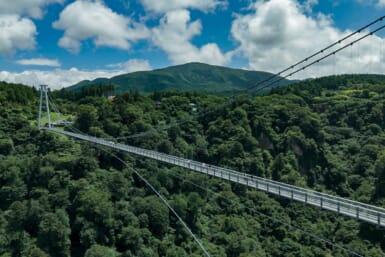Adventure tourism is thriving right now as many travelers are prioritizing unique experiences over straightforward visits to traditional sightseeing attractions. More and more people are seeking to engage with the environment through physical activities, and Oita Prefecture — famed for its scenic natural landscapes and rich cultural heritage — is an ideal spot to do just that.
Below, an overview of some of the most thrilling, off-the-beaten-path destinations in the prefecture, as well as the activities in which one can partake there, including standup paddleboarding, downhill cycling and Ajikan meditation in a cave.
Bungoono: See Massive Stone Buddhas and Stunning Waterfalls
Bungoono is a city with a rich agricultural history, nicknamed “Oita’s vegetable garden” due to its extensive fertile land. The ground that it stands on was buried by a massive avalanche of hot gas and ash after Mount Aso erupted around 90,000 years ago. Since then, life has returned to the land and flourished immensely. It’s a fascinating place for hiking and cycling, with lush forests and outstanding waterways.
Ajikan Meditation at Fukoji Temple
Bungoono is known for the spectacular Fukoji Temple, which is nestled among towering cliffs. From the temple, gazing out at these majestic rock formations, you’ll see three 800-year-old magaibutsu: Buddhist figures carved directly into a natural rock face or cliffside. The largest of these is more than 11 meters high, making for an awe-inspiring sight. The three figures sit alongside two shallow caves.
The temple is renowned for its architecture and its tranquil surroundings, but it can also be experienced as a spiritual retreat. Making your way down from the temple, along a path that leads into a valley, you can enter the caves. Here, visitors can participate in Ajikan meditation with a head priest, sitting down in a hanzaka (half-lotus) position. This form of mediation is all about regulating one’s breath to expel bad energy, calm the body and feel the spirit of the Buddha. It’s a wonderful way to connect with nature, said to increase mindfulness and reduce stress.
Cycling to Harajiri Falls
Bungoono is also home to the Ogata Plain, a picturesque region full of rice fields, streams and water wheels that’s perfect for exploring by bicycle. Traversing serene countryside landscapes and idyllic rural areas, you’ll eventually come across the majestic spectacle of Harajiri Falls. It’s nicknamed the “Niagara Falls of Japan” due to its distinctive horseshoe shape, and though it’s smaller than its North American counterpart, it’s impressive nonetheless.
Formed in the eruption of Mount Aso 90,000 years ago, it’s a spectacular sight that seems to appear out of nowhere in the middle of flat farmland. You can approach the falls directly to appreciate its power, or take in the view from Takimi-bashi, a nearby suspension bridge.
Saiki: Explore Mountains and Waterways
Saiki, the largest city by area in Oita, is best known for its high-quality seafood. It’s a city with a historical ambiance, featuring cobblestone streets and traditional Japanese houses where merchants and samurai used to live.
Panoramic Views from the Top of Mount Shiro
On the peak of Mount Shiro, you can find the place where Saiki Castle once stood. Reaching the top involves a pleasant and bucolic hike, which begins at the Sannomaru Yagura Gate, the only structure of the castle still standing. Once you reach the summit, you’ll be rewarded with breathtaking panoramic views of the city and the surrounding bay. On a clear day, you can even see the mountains of Shikoku 40 kilometers into the distance.
For those who wish to explore the area in more depth, you can rent an e-bike, stopping at famous local sites like Sumiyoshi Taisha along the way before continuing on alongside the pristine Banjo River. Surrounded by water and sprawling fields as you head away from the city center, you’ll feel transported a million miles from the hustle and bustle of urban life. Highlights along the way include a quaint sunken bridge and Japan’s largest waterwheel, which has a diameter of 18.8 meters.
Standup Paddleboarding in the Banjo River
Many experts have spoken about the psychological and therapeutic benefits of being in or near a body of clean water, including marine biologist Wallace J. Nichols. In his best-selling book, Blue Mind, he says that “water can improve performance, increase calm, diminish anxiety and increase professional success.” So, what better way to spend the afternoon than on a paddleboard in one of Kyushu’s cleanest rivers?
The Banjo River, which flows through Saiki, is famed for its pristine waters, making it a wonderful setting for kayaking or stand-up paddling (SUP). With only a very mild current, the river is easy to navigate, even for beginners, and SUP’ing makes for a relaxing and very enjoyable way to take in the gorgeous surroundings from a unique vantage point. Despite not being overly strenuous, SUP can help to increase core strength, build stamina and enhance joint stability, as well as help to reduce stress and naturally boost one’s Vitamin D levels. It’s also a great way to relive the joys of childhood, splashing in the water and forgetting one’s cares.
Bungotakada: Trek Through Forests Full of Ancient Temples
Bungotakada is a cultural and historical hub that makes a perfect starting point for exploring the Kunisaki Peninsula, which is the heart of Rokugo Manzan: an ancient, esoteric spiritual belief system that blends elements of Shintoism, Taoism and mountain worship. Rokugo Manzan has been an integral part of life in the Kunisaki Peninsula since ancient times, resulting in a rich religious culture where the mountains themselves are seen as divine spaces. Scattered throughout the area, you’ll find an abundance of temples, shrines and stone carvings, which feel seamlessly fused into the landscape.
Bungotakada city is one of the central areas of Rokugo Manzan culture, and serves as a gateway into this divine world of natural wonder.
Trekking to Bungotakada’s “Temple in the Sky”
Trekking in Bungotakada will take you to numerous holy places: Along its hiking trails, you’ll find several ancient temples like Iwawakiji Temple and the main hall of Fukiji Temple, which is the oldest functioning wooden structure in Kyushu. Sometimes, sacred places seem to appear out of nowhere — in the middle of the forest, for instance, I unexpectedly came across a row of intricately designed Buddha statues inside a cave.
One of Bungotakada’s most impressive sights is Mount Saiei Kozan-ji Temple, which locals have dubbed the “temple in the sky.” The view from this mountaintop temple — overlooking a sea of clouds — is like something from a dream. The sense of accomplishment one gets from mounting the peak is also fantastic. The temple itself is very charming, too, particularly the ceilings of the main hall, which feature elaborate paintings.
An Exhilarating Downhill Cycling Experience
Standing 450 meters tall, Mount Saiei is also great for downhill cycling. We had the opportunity to try an enduro bike — a type of mountain bike optimized for going downhill — with a trained guide, departing from Kozan-ji. Before getting going, we received a short tutorial about the gravel bike. An expert guide explained that these bikes are reliable descenders, known for their stability and predictability even on the fastest and roughest trails. It all sounded very impressive and, most importantly, safe.
Riding an enduro bike is exhilarating, providing an adrenaline rush while allowing you to take in the beauty of the surroundings. It’s a fitting descent from the temple in the sky — as close as one can get to flying without wings.
To plan your trip to Oita, please visit their official website.
Public Interest Incorporated Association Tourism Oita
3rd Floor, OASIS Hiroba 21, 2-50 Takasago-machi, Oita city, Oita Prefecture
T: +81 097-536-6250
Other Social Media Information:
Explore Oita Japan on Youtube
Tourism Oita on Facebook
Tourism Oita on Instagram
Onsenken Oita on WeChat
Japan Oita Prefecture Tourism Bureau on Weibo

